Galveston

Galveston, Texas
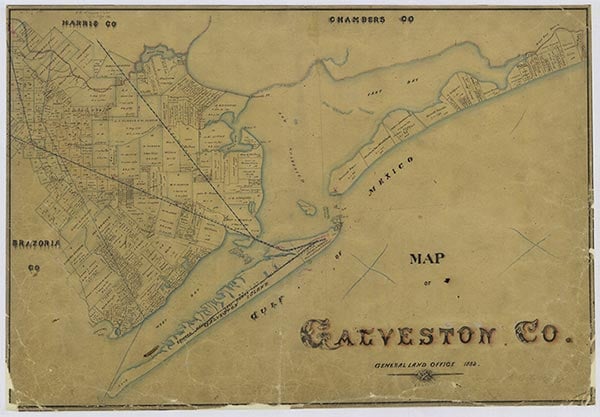
The city of Galveston is on Galveston Island two miles offshore in the Gulf of Mexico, at 29°18' north latitude and 94°47' west longitude, in Galveston County. It is fifty miles from Houston and is the southern terminal point of Interstate Highway 45. The island is a part of the string of sand barrier islands along the coastal zone of Texas. On its eastern end where the city stands the currents of Galveston Bay maintain a natural harbor which historically provided the best port site between New Orleans and Veracruz. Karankawa Indians used the island for hunting and fishing, and it was the probable location of the shipwreck landing of Alvar Núñez Cabeza de Vaca in 1528. José de Evia, who charted the Texas coast in 1785, named Galveston Bay in honor of Bernardo de Gálvez, the viceroy of Mexico. Later mapmakers applied the name Galveston to the island. Louis Aury established a naval base at the harbor in 1816 to support the revolution in Mexico, and from this point Aury, Francisco Xavier Mina, and Henry Perry launched an unsuccessful attack against the Spanish in Mexico. When Aury returned with his ships after leaving Perry and Mina on the Mexican coast he found Galveston occupied by Jean Laffite, who had set up a pirate camp called Campeachy to dispose of contraband and provide supplies for the freebooters. In 1821, however, the United States forced Laffite to evacuate. Mexico designated Galveston a port of entry in 1825 and established a small customshouse in 1830. During the Texas Revolution the harbor served as the port for the Texas Navy and the last point of retreat of the Texas government. Following the war Michel B. Menard and a group of investors obtained ownership of 4,605 acres at the harbor to found a town. After platting the land in gridiron fashion and adopting the name Galveston, Menard and his associates began selling town lots on April 20, 1838. The following year the Texas legislature granted incorporation to the city of Galveston with the power to elect town officers.
Galveston grew on the strength of the port; cotton moved outward, and farming supplies and immigrants came in. The city served as a transfer point for oceangoing vessels and coastal steamers which ran a route through Galveston Bay and Buffalo Bayou to Houston. The construction of the Galveston, Houston and Henderson Railroad, which built a bridge to the island in 1860, strengthened the link between the two towns. Business collapsed, however, when the Civil War brought a blockade of the port by Union ships and a brief occupation of the town by federal troops. The dramatic battle of Galveston on New Year's Day, 1863, ended the occupation, but the port remained isolated and served mainly as a departure point for small blockade runners. Following the war Galveston quickly recovered; northern troops were stationed in the city, and a depleted state demanded the trade goods denied by the blockade and the war effort. With so many susceptible people present, however, the city in 1867 suffered one of its worst onslaughts of yellow fever, which affected about three-fourths of the population and killed at a rate of twenty per day. This disease, a malady of most southern ports, did not cease to be a threat until the institution of rigid quarantines after 1873. Galveston nonetheless surged ahead and ranked as the largest Texas city in 1870 with 13,818 people and also in 1880 with 22,248 people. It had the first structure to use electric lighting, the Galveston Pavilion; the first telephone; and the first baseball game in the state. The Galveston News, founded in 1842, is the state's oldest continuing daily newspaper. The Galveston buildings, especially those designed by architect Nicholas J. Clayton, were among the finest of the time; in 1881 the city won the site of the state medical school in a statewide election; and the Grand Opera House was built in 1894 and presented the best theatrical productions in Texas. The opera house was restored as a modern performing arts hall in the 1980s.
David G. McComb | © TSHA

Adapted from the official Handbook of Texas, a state encyclopedia developed by Texas State Historical Association (TSHA). It is an authoritative source of trusted historical records.
Belongs to
Galveston is part of or belongs to the following places:
Currently Exists
Yes
Place type
Galveston is classified as a Town
Location
Latitude: 29.24390440Longitude: -94.85672200
Has Post Office
Yes
Is Incorporated
Yes
Population Count, 2021 View more »
53,219
Places of Galveston
| Place | Type | Population (Year/Source) | Currently Exists |
|---|---|---|---|
| College or University | – | Yes | |
| College or University | – | Yes | |
| College or University | – | Yes |
Photos Nearby:
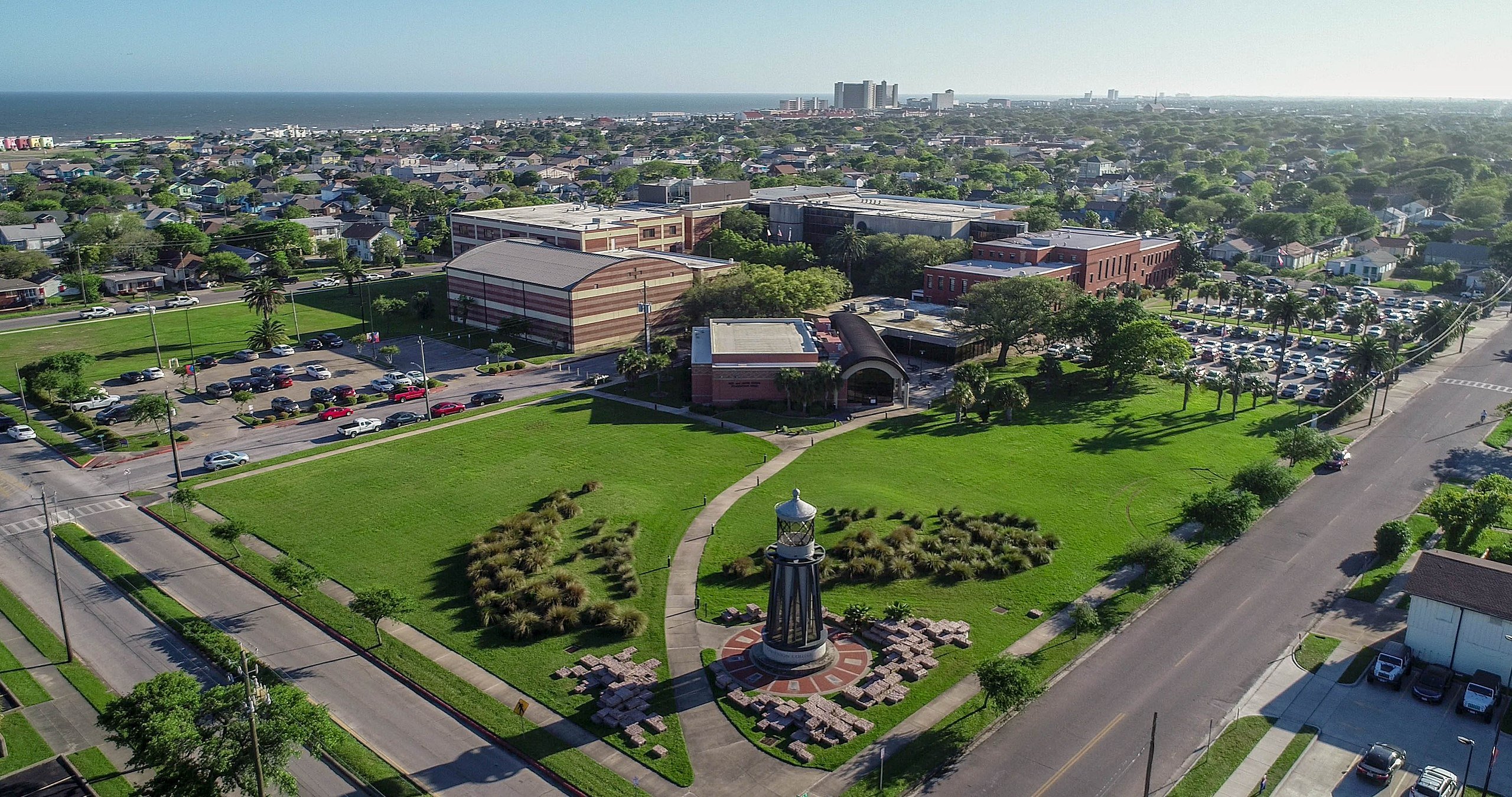
Aerial view of Galveston College, Main Campus
Photo by GCsocialmedia, CC BY-SA 4.0, via Wikimedia Commons
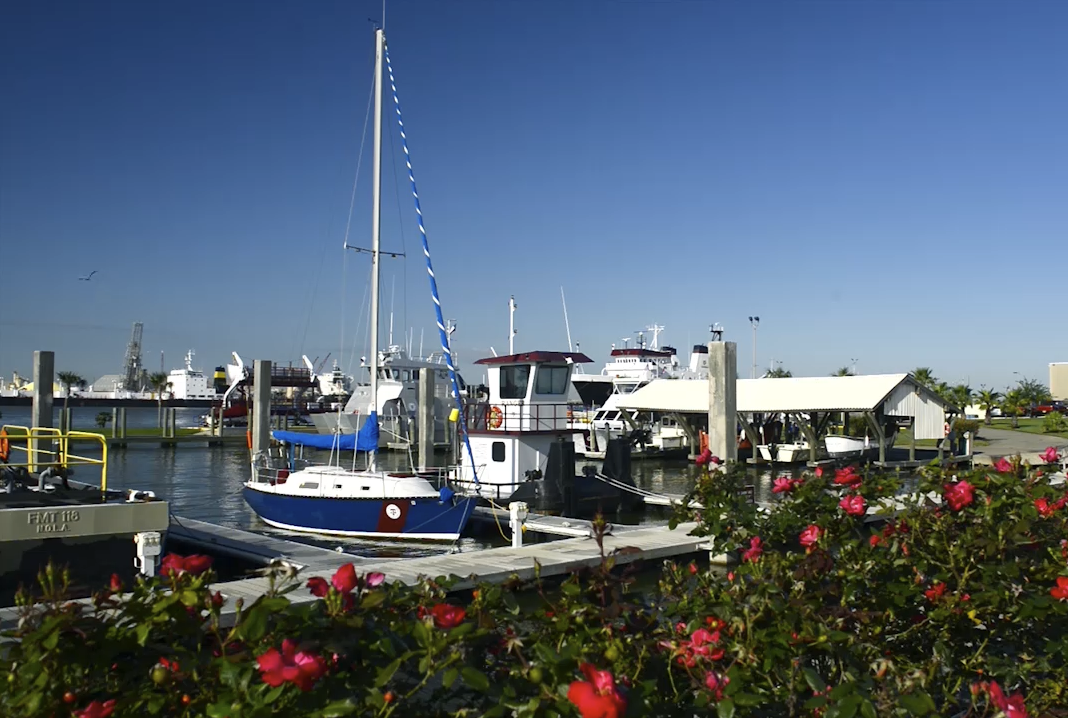
View of the docks, TAMU Galveston
Photo from TAMU Galveston website, Fair Use
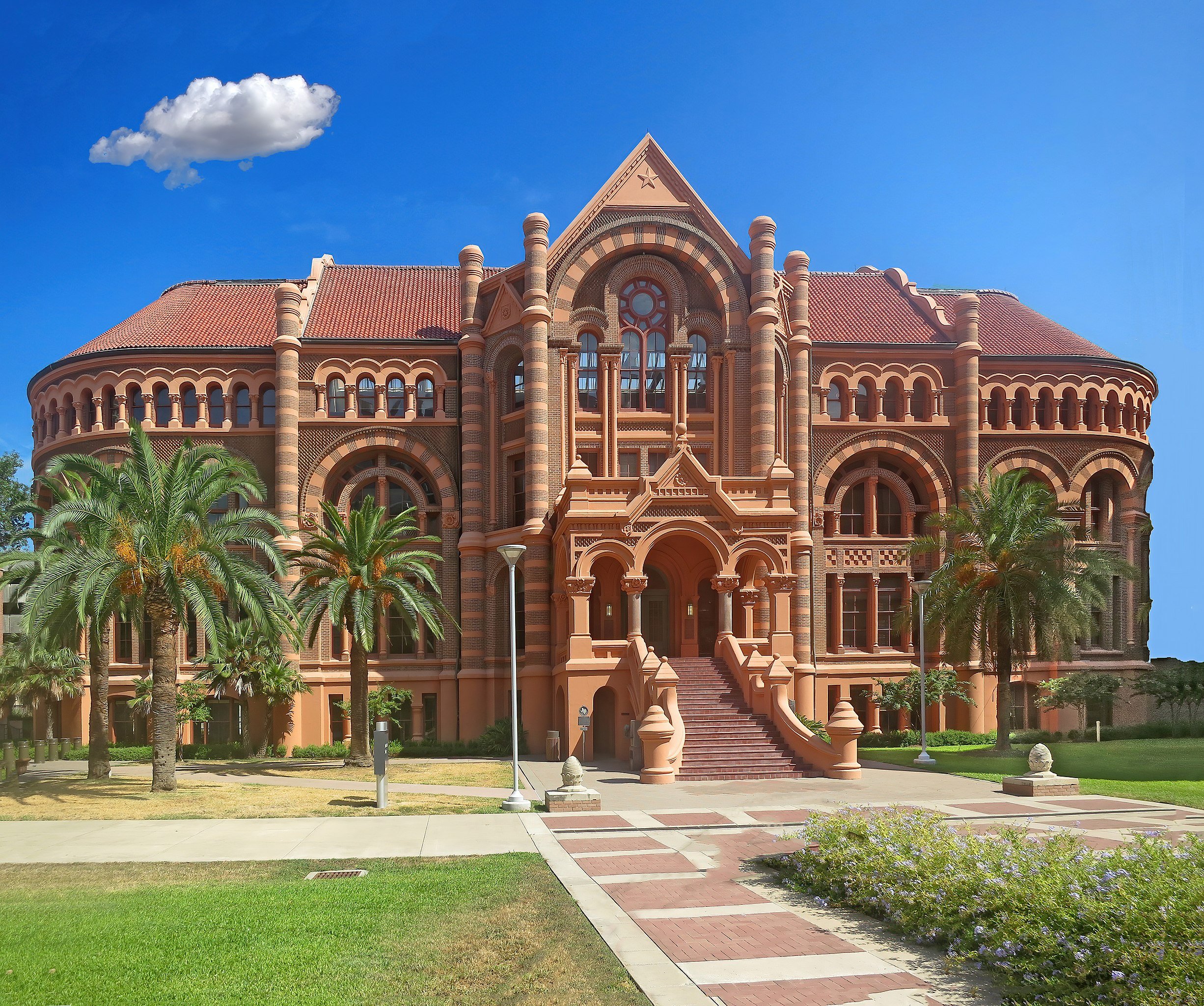
Old Red, the first University of Texas Medical Branch building
Photo by Jim Evans, CC BY-SA 4.0, via Wikimedia Commons
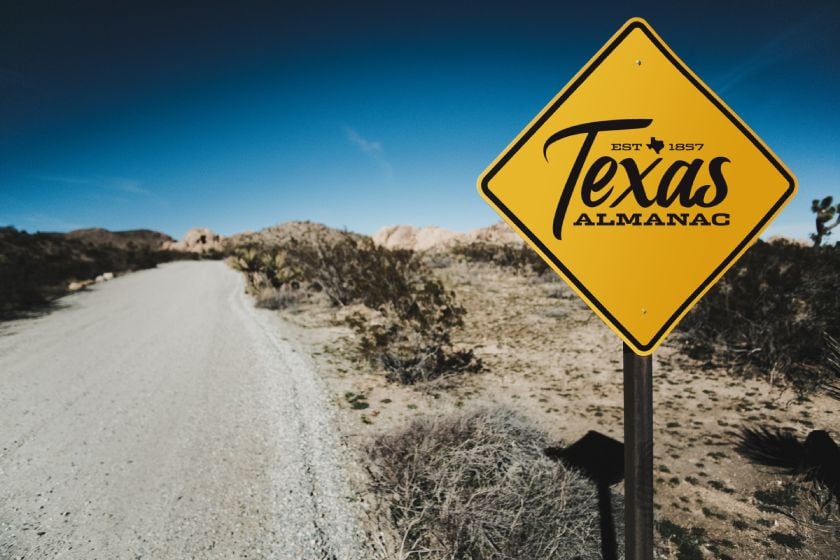
Proud to call Texas home?
Put your name on the town, county, or lake of your choice.
Search Places »


